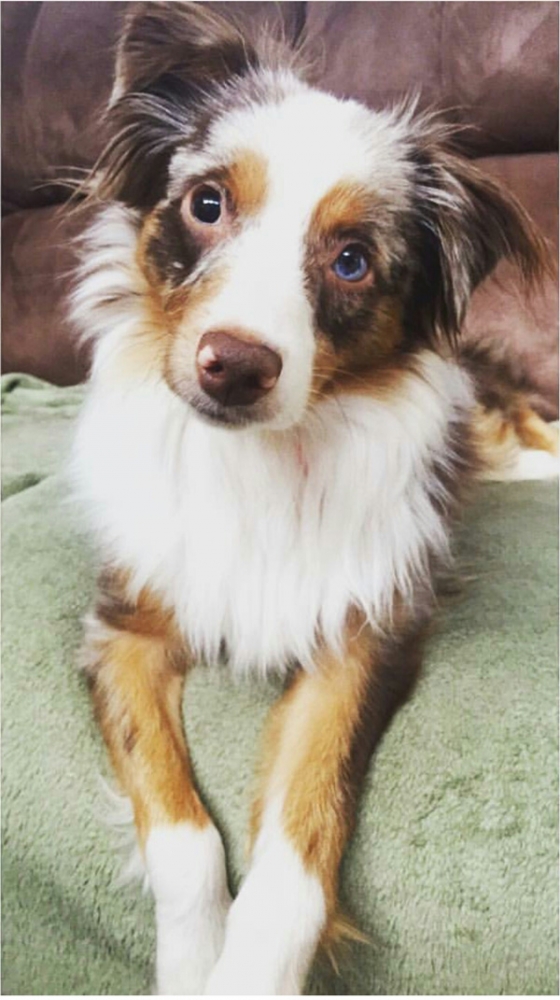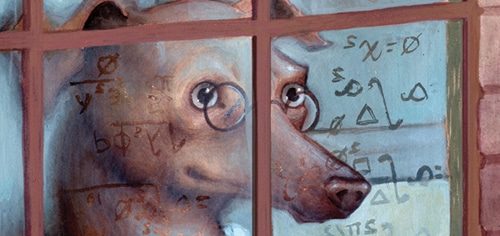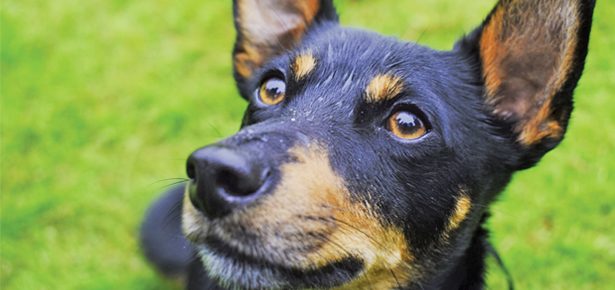
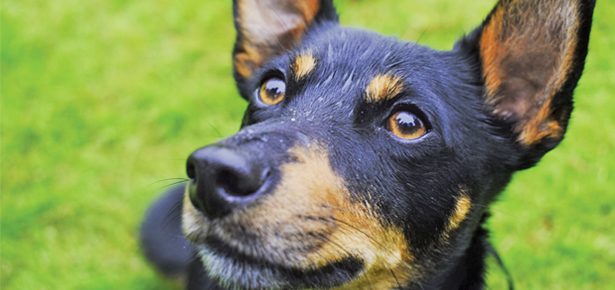
7 Ways To Transform Your Relationship With Your Dog
This bond-based training approach can powerfully change the way you connect with your dog
Several years ago, I began studying how to help ease the anxiety I saw in so many dogs, even those trained using positive methods. These studies, along with my work as the Executive Director of Canine Assistants, a non-profit organization which trains and provides service dogs for children and adults with physical disabilities or other special needs, led me to an unexpected and in some ways unwanted epiphany. To be honest, my life would have been far simpler without it. It necessitated a change in approach that flew in the face of many of dog training’s most sacred methods. But this particular idea was worth the trouble. It simply changes everything for dogs and the people who love them.
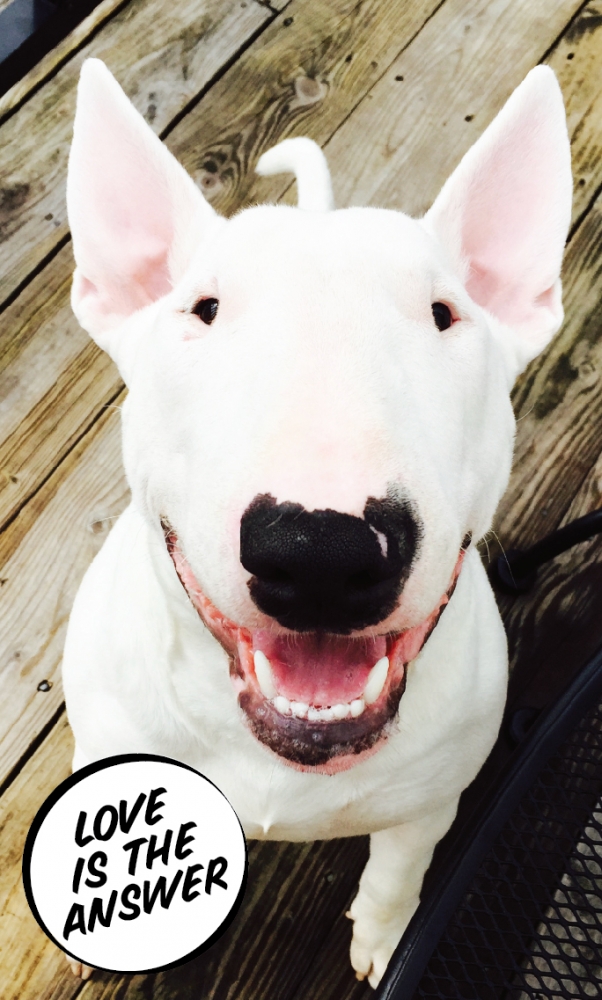
Prior to changing my teaching method, I’d observe dogs jumping or mouthing or exhibiting frantic behaviour in an effort to be reassured; now utilizing a bond-based approach, I see these same dogs walk beside their people voluntarily, matching them stride for stride. These dogs can now imitate actions after a single demonstration, instinctively harmonizing with the energy and activity levels of their people. I’ve seen our service dogs, educated with bond-based teaching, perform feats indicative of astonishing cognitive prowess, such as counting objects, recognizing colours, indicating letters in order to spell simple words, fast-mapping to learn new words, discriminating between yes and no, large and small, up and down, and much more. This transformation is possible for all dogs—be they working assistants or beloved companions.
I was so moved by what I was witnessing that I was compelled to write a book, Love Is All You Need: The Revolutionary Bond-Based Approach to Educating Your Dog, outlining these principles, and now I want to spread the word. Here are seven key tips to get you started with bond-based teaching and transform your relationship with your dog!
#1 Put your relationship first
Dogs, like people, are highly social. For social animals, relationships wield enormous power. If your dog has a great relationship with you, it gives him all the motivation he needs to make you happy. Remember, a good connection is reciprocal, allowing both parties some measure of control. For example, the effects of a reciprocal connection or lack thereof are quite obvious when walking your dog on leash. When one of you is dragging the other, the walk becomes arduous, sometimes even grueling. But when you and your dog are in sync, the walk becomes effortless and enjoyable. The difference is so dramatic that I created a leash that allows you to hold one end while your dog holds the other, giving both a feeling of connection and control. Think of leash-walking as a microcosm of everyday life with your dog. Because dogs must function in our human world, the leadership role falls primarily to us, but that doesn’t mean we should act as dictators. Our greatest influence comes from connection, not direction.
 #2 Seek to understand your dog
#2 Seek to understand your dog
In any good relationship, empathetic understanding is critical. Your dog already spends a great deal of time trying to understand you, analyzing your habits, moods, and preferences. Do your dog the same courtesy: learn as much as you can about dogs in general. What colours can they see? How does their amazing sense of smell work? What emotions do they appear to experience? Study your dog to learn as much about him as you can. What does he like to eat? What games does he enjoy? Is he a laid-back couch potato or a high-energy herder? What are his greatest fears? To know is undoubtedly to love—something he likely figured out about you long ago.
#3 Look with eyes of love
Your perspective determines your response to things that happen. If you believe that your dog gets angry when left alone in the house and seeks revenge by shredding your paper towels, you’re bound to get angry in return. Undoubtedly, you would be more sympathetic if you realized that dogs who do “naughty” things while you are away, such as shredding paper towels, are likely doing so as a way of coping with the fact that they miss you. Remember that his very life depends upon you taking care of him. He would never do anything just to anger or frustrate you. If he does upset you, do all in your power to see the situation through his eyes, those same eyes that view you with such adoration.
#4 Help your dog learn to trust you
Studies have shown that dogs develop attachment patterns to their primary caregivers similar to those experienced by preverbal children. It is critical that your dog’s attachment to you be a secure one. Dogs who have secure attachments to their people are far less likely to display problem behaviours rooted in anxiety than their less secure counterparts. You can secure your dog’s attachment to you by responding consistently to his needs and never making him feel that he has to earn your love or caring. If he asks for your attention or affection, give it to him. Give him treats as “I love you and will always care for you” gifts rather than as rewards for his compliance to your directives.
#5 Stop training your dog
Current approaches to training dogs, including positive reinforcement, promote a sense of conditional affection—I love you if you do as I say, or I will feed you when you please me. This is something that can badly damage your dog’s trust in you and in himself, creating a vicious cycle. Damaged trust results in increased anxiety that increases the likelihood of problem behaviours. These problem behaviours may be linked to a desire to secure your connection or caregiving (think mouthing, jumping, and submissive urination), a need to exert greater control over his environment (such as reactivity or stalling on leash), or an effort to cope with stress (such as paper shredding, compulsive chewing or excessive barking). With most training methods, the suggested solutions to these problem behaviours involve increasing your control over your dog, thus starting the cycle again.
#6 Help your dog learn
Learning can be a social, internally motivated process as happens when a dog discovers that sitting when his person sits helps keep his group in sync and makes his person happy. Internally motivated learning is far better overall for dogs, allowing them to develop a strong bond with their teachers and exert a measure of control over their environment, necessary for mental wellbeing. Internally motivated learning in dogs is also better for us as it requires less vigilance and allows our dogs greater flexibility in understanding what constitutes appropriate behaviour. A dog who knows how to sit when cued requires more direction and management than does a dog who figures out that it is best to be still and quiet when his person is still and quiet. Give your dog the chance to learn to direct his own behaviour by allowing him to watch and synchronize with you and he will do so appropriately the vast majority of the time. And, dogs trusted to self-direct are more likely to comply when you do have to request a particular behaviour.
#7 Allow Your Dog to Astonish You
Cognition is the acquisition of knowledge and understanding as the result of mental processes such as memory, thought, planning, and perception. Thanks to the many canine cognition centers now open at prestigious universities worldwide, we know that dogs are capable of relatively complex cognition. Can your dog learn to answer yes or no questions? Can he distinguish between yellow and blue? Can he copy your actions when asked? Can he sniff out a treat or toy you’ve hidden? Ask him. Teach him that touching your left hand indicates yes and your right hand indicates no. Show him something in yellow as you say, “yellow” and likewise with blue. Demonstrate a simple action and ask your dog to do like me. Hide his kibble or toys around the house or fenced yard and allow him to follow his nose. We’ve been so focused on telling our dogs what to do that we’ve forgotten to ask them what they are capable of doing. The answer may well astonish you!
Living with and loving dogs can and should be a pleasure. There is certainly no need for fear, force, or conditional affection. All of those are counterproductive to what is most essential: your relationship with your dog. And as in any relationship, the bond is the key element. The way to achieve a bond beyond measure is quite simple: love is all you need!
Jennifer Arnold is the author of Love is All You Need: The Revolutionary Bond-Based Approach to Educating Your Dog, on sale August 23rd.
Join the newsletter and never miss out on dog content again!
"*" indicates required fields
By clicking the arrow, you agree to our web Terms of Use and Privacy & Cookie Policy. Easy unsubscribe links are provided in every email.
